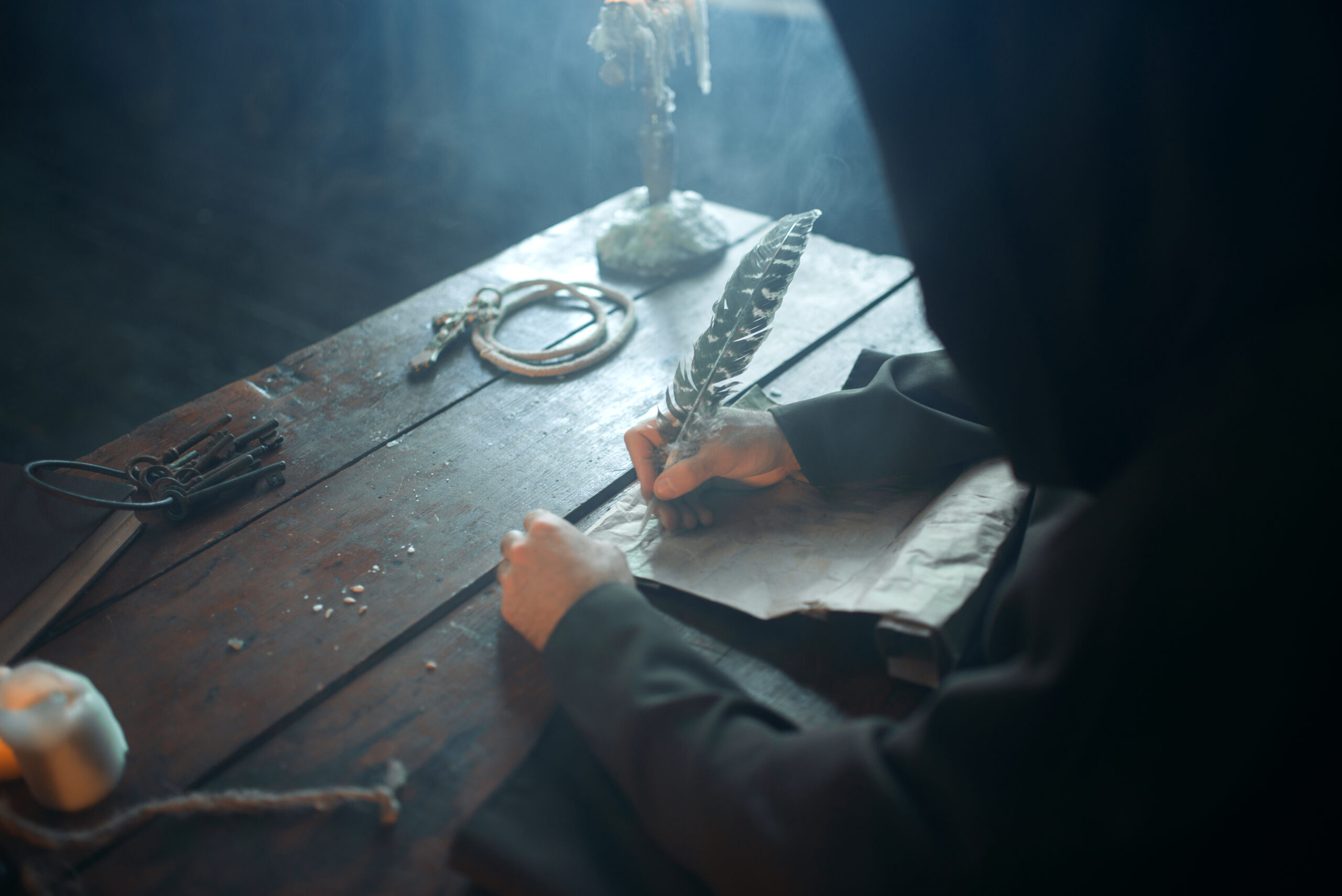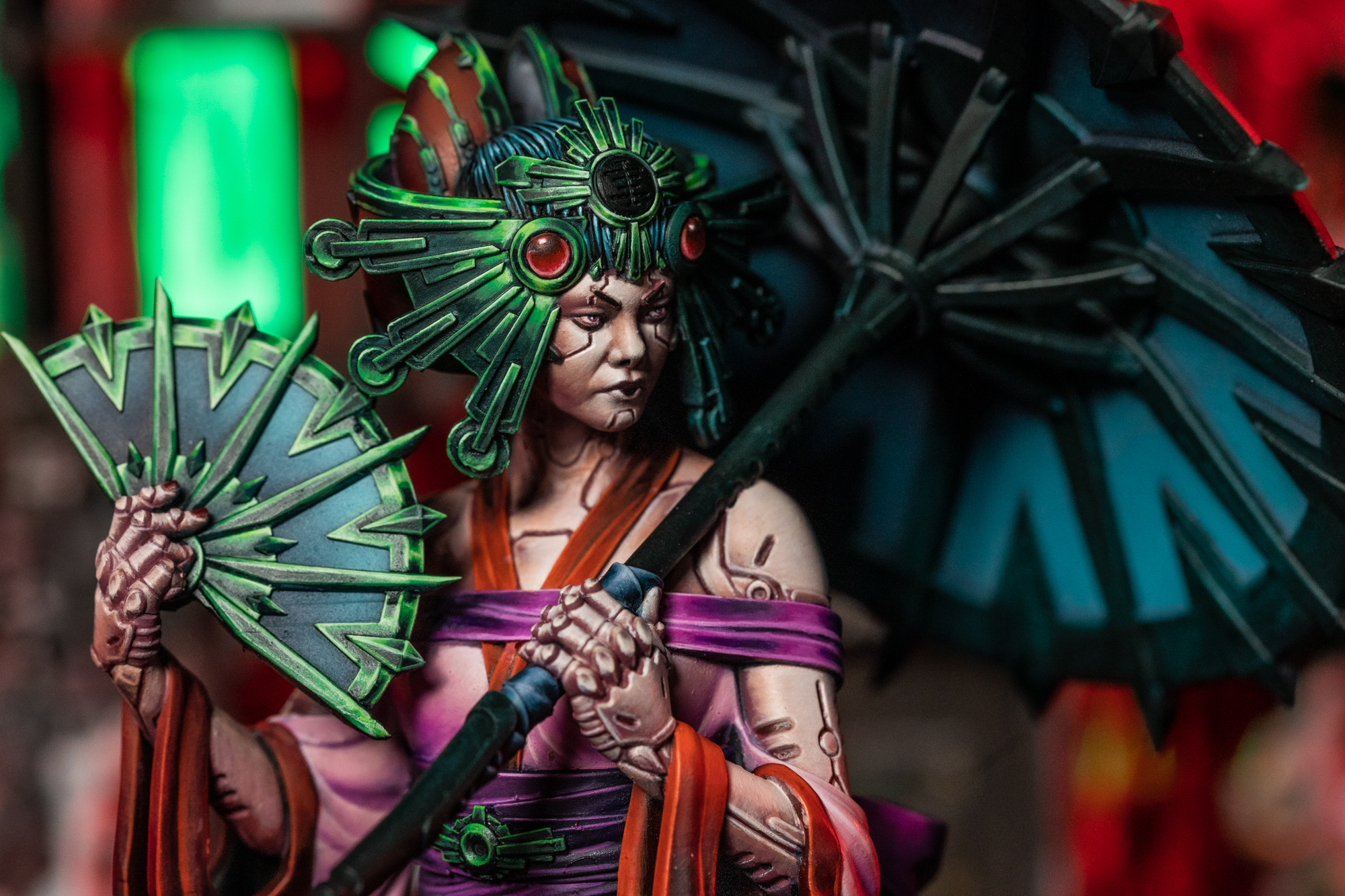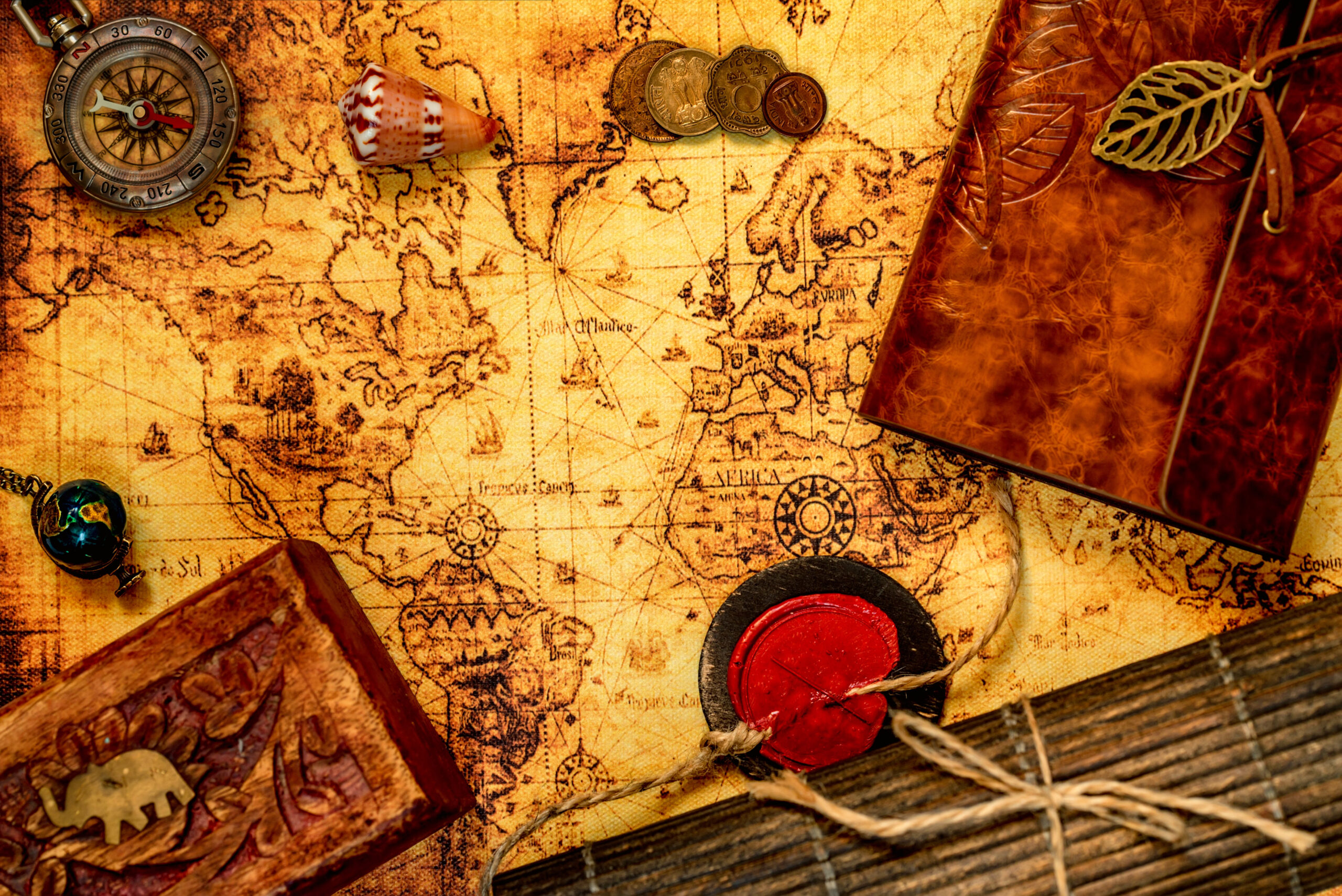10 Tips to Run a Great One-shot Adventure
The Ultimate Guide to Create Better Short Campaigns

Welcome to the fast but fabulous world of one-shot role-playing games!
Being players, we know that every adventure has some essential elements, such as the objective, non-linear gameplay, character development, combat, and non-player characters (NPC). One-shot adventures are definitely not different!
If you’re already a player, you know how much fun it can be to step into the shoes of a hero or villain and embark on epic adventures, looting, and getting incredible rewards. But, most of all, being offered a great sense of immersion and escape, since RPG allows us to assume a completely different identity in rich and detailed storylines.
At the same time, we know how you feel. Creating a one-shot adventure to play in a single session is not that simple. If you’re struggling to come up with short and exciting atmospheres and great storylines to dive into, don’t worry. We’ve got you all covered!
In this guide, we’ll provide some tips and tricks for creating a fun and engaging one-shot adventure that can be played in a single session and can be entertaining for players.
#1. Simple, Yet Phenomenal, Silly!
Keep the adventure simple and easy to understand, but remember: that doesn’t mean you cannot create many details and an experience for the books!
You don’t want to overwhelm everyone with too many locations to be chosen, too many unnecessary NPCs, or too many distractive details. Instead, focus on one main story or goal. Keep the rest of the story streamlined, picking a basic idea and building on it.
It could be a simple premise like “rescue someone from an evil wizard” or “recover a stolen ancient artifact from a band of people.” By starting simple, you can focus on great details or big plot twists to really amaze players. The players’ characters can also help you tell your story. Maybe their backstory or class could be explored further? In any case, we can give you some interesting ideas about RPG classes here.
#2. Clear Goals Are Your Goals
After following tip #1, you already have your premise.
Now, the next step is knowing what the players need to accomplish. You should ask yourself some questions while thinking about the storyline and short objectives, too:
- What do they need to do in order to complete the adventure?
- What specific item do they need to find?
- What specific enemy do they have to defeat?
But be aware: these objectives must be challenging enough to be exciting and engaging. However, they must not be so complex that they can create frustration.
Ensure players have a clear vision of the goal they will march towards, keeping them focused and motivated throughout the adventure.
#3. Non-player Characters (NPCs), Honey, Not Non-played!
Write this note: NPCs can make or break any adventure!
When you start thinking about the game’s development, taking the time to create memorable NPCs to interact with could make the story more engaging. Ensure they get unique personalities and quirks essential to the story.
Players will have fun while encountering them throughout the story and get curious about the outcome.
Designing NPCs for a one-shot RPG adventure is extremely important. But keeping a few things in mind will help you avoid the flop, such as containing the number of NPCs. Time is limited. Remember that, so there ́s no way for you to create a lot of them for a single session.
These characters can be used to give the players quests, provide information, create some tension, or act as a crucial obstacle for everyone to overcome.

#4. When Time is Against You, Use a Premade Adventure!
If you are short on time or even if you’re a newbie when it comes to creating adventures, know this: there are plenty of one-shot adventures available that you can use, and it is an excellent opportunity for you to impress, such as the Death Speed Champions, from Loot Studios.
Creating maps, characters, and designs from scratch can be time-consuming and frustrating, sometimes, and the resources that are offered in bundles like that will transform the way you play RPGs.
These adventures are already designed to be played in just one session, and they come with everything everybody needs – maps, NPCs, encounters, and 3D minis for you to print that will blow your mind (and yes, you can have more minis). All you have to do is read through the story, familiarize yourself with the characters and possibilities, and shoot the dice!
#5. Encounters = Combat, Puzzles, Challenges – and More!
Encounters are the peanut butter or the jelly for any RPG. They’re vital in a one-shot adventure since they provide challenges, advances, and rewards, foster teamwork, and increase immersion.
Creating well-designed social or combat encounters, puzzles, and challenges, depending on the player’s preferences, add depth, richness, and engagement to your game narrative.
Encounters are an incredible opportunity for players to test their skills and abilities when managing strengths, weaknesses, and resources. They also offer advancement in the story since they can introduce new characters, plot twists, essential information, or rewards.
When it comes to encounters that provide rewards, it can be in the form of experience points, loot, or other resources used to enhance the characters’ abilities.
Bonuses also motivate players to engage in encounters and complete them successfully.
In addition to all that, encounters help to foster teamwork when designed to require cooperation among players. They can encourage players to communicate and collaborate to overcome challenges, creating a sense of camaraderie and teamwork.
To enhance the overall RPG experience, increasing immersion by having encounters can immerse players in the game world by providing opportunities to interact with NPCs (non-player characters), explore new locations, and experience different types of gameplay.
#6. Say the Name: Role-playing Game
Providing opportunities for role-playing in any RPG is a big part of it.
It could be something as simple as interacting with NPCs or making decisions but providing space for character development.
Setting the tone from the beginning helps to establish the game early on, whether it’s a dark and gritty fantasy world or a lighthearted space adventure. Players get into character and understand the expectations of the game. Encouraging character creation is a big part, too, since it will allow players to create their characters, including backstories, personality traits, and flaws.
While storytelling is the basis for the game, remember to paint a vivid picture of the environment, characters, and events to help players immerse themselves in the world. Encourage players to describe their actions and reactions as well.
Prompts, music, or scenarios to role-play are mood changers since negotiating with a merchant, interrogating a prisoner, or reacting to a sudden attack will give players a specific situation to act out and can help shy players get started.
Reward role-playing as much as possible. Extra experience points or in-game items will encourage players to stay in character and make the game more enjoyable for everyone.
#7. Keep the Pacing Brisk
When creating a one-shot adventure, it’s essential to always keep something happening, whether it’s a combat encounter or a puzzle to solve. Avoid long stretches of downtime where nothing is happening.
Don’t let the adventure drag on – keep players interested and entertained.
#8. Be Flexible, But Always Lead Your Troops by Example
Remember, role-playing is all about immersion and acting as a different character, and that’s why this game is so unique.
To create a memorable game experience, being flexible can take everyone to another level as a player.
Sometimes things don’t go according to plan, and even choices made by players can change the course of the storyline more engagingly. Being flexible and prepared to adapt to unexpected situations is a must since it can ensure the adventure stays on track and that your players have a good time with a clear objective in mind, even when paths get mixed up.
If you are the game master, set an example for players when role-playing non-player characters, for example, with distinct goals. Being a good leader and a flexible GM controls the pace and makes the game world feel more alive.
#9. Contain the Pace, Not Creativity
As said, RPG is all about role-playing, and that should be the conduction in every situation.
On the other hand, we have to bear in mind that one-shot adventures have to be completed in just one session, so they can’t be too difficult to be managed when it comes to time.
With that in mind, avoid creating a sprawling adventure with many unnecessary details and NPCs that could take hours – or days! – to complete. Create a compact yet complete experience that players will love and wish they could have another shot soon.
#10. Done Is Better Than Perfect
RPGs are meant to be enjoyed, and that’s it!
Avoid stress; you don’t need to create a perfect adventure. Don’t get too bogged down because the tale is a hit as long as everyone is having fun.
Just let your imagination run wild and see where it takes you!
And remember: Loot Studios hooks you up with the most incredible bundles to help you immerse yourself in great adventures and characters!
Happy Looting!
Loot Studios can help you tell your story. Choose your favorite bundle from our previous releases or sign up for Fantasy or Sci-Fi to receive a new bundle every month. You can also check out some tips at our YouTube Channel.




